Android OS offers pretty much all the freedom you’d want from your mobile device, and for those who want to take things one step further, there’s rooting. Rooting Android devices have been popular among techies to get added features and unrestricted access to their mobile device.
In the old days, you’d have to root your Android device to even take a screenshot, but we’ve come a long way since then. We’re so ahead that there are incredible Android hacks that you can perform right now without ever needing to root your device. Let’s take a look at some of the best ones out there, and the easiest way to bring them to your device.
Useful tips:
- How to remove duplicate files
- Start using these super-useful Google Keep features
- Top Google Duo feature to know
- How to hide personal photos safely
1. Cloning apps
We’ve all felt the dilemma of trying to set up two WhatsApp accounts on the same device and failing to do so. While rooting did offer a way to bypass these restrictions, the payoff simply wasn’t worth it. Thanks to the invention of Parallel Space, you can now easily clone an app and have two versions of it installed on the same device.
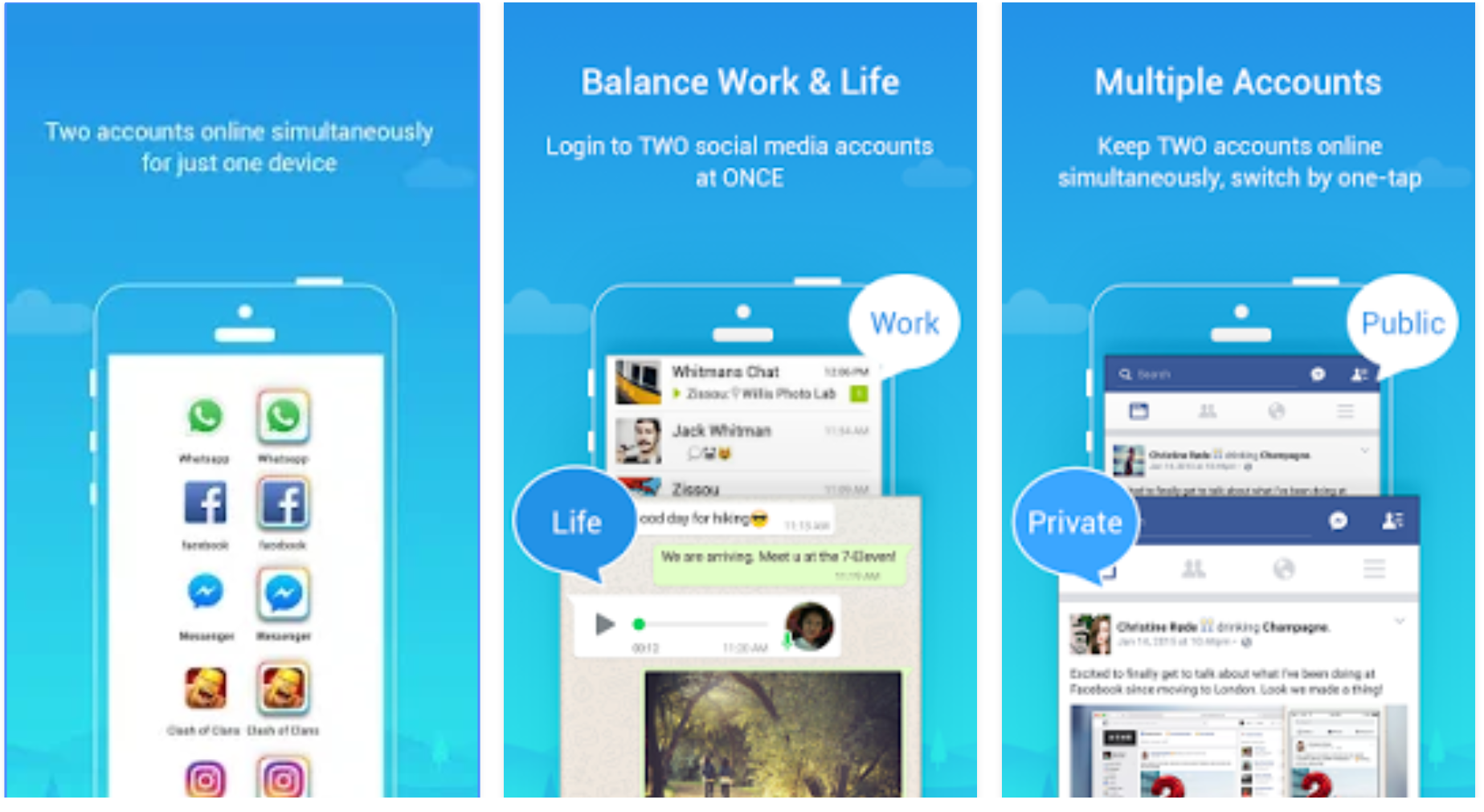
Helping you manage your work and personal WhatsApp, Facebook, Instagram, and even gaming accounts from a single device, you won’t need a secondary mobile device anymore. With features like incognito mode and privacy protection, you can make your cloned app disappear from the public eyes and keep your conversations private.
2. GPS location tracking
It almost seems fictionally futuristic that the device in your pocket can not only track your location and send it back to other users, but can be remotely accessed from anywhere. You don’t even need a third-party app to get this feature since Google has baked it right into the Android OS with Find My Device.
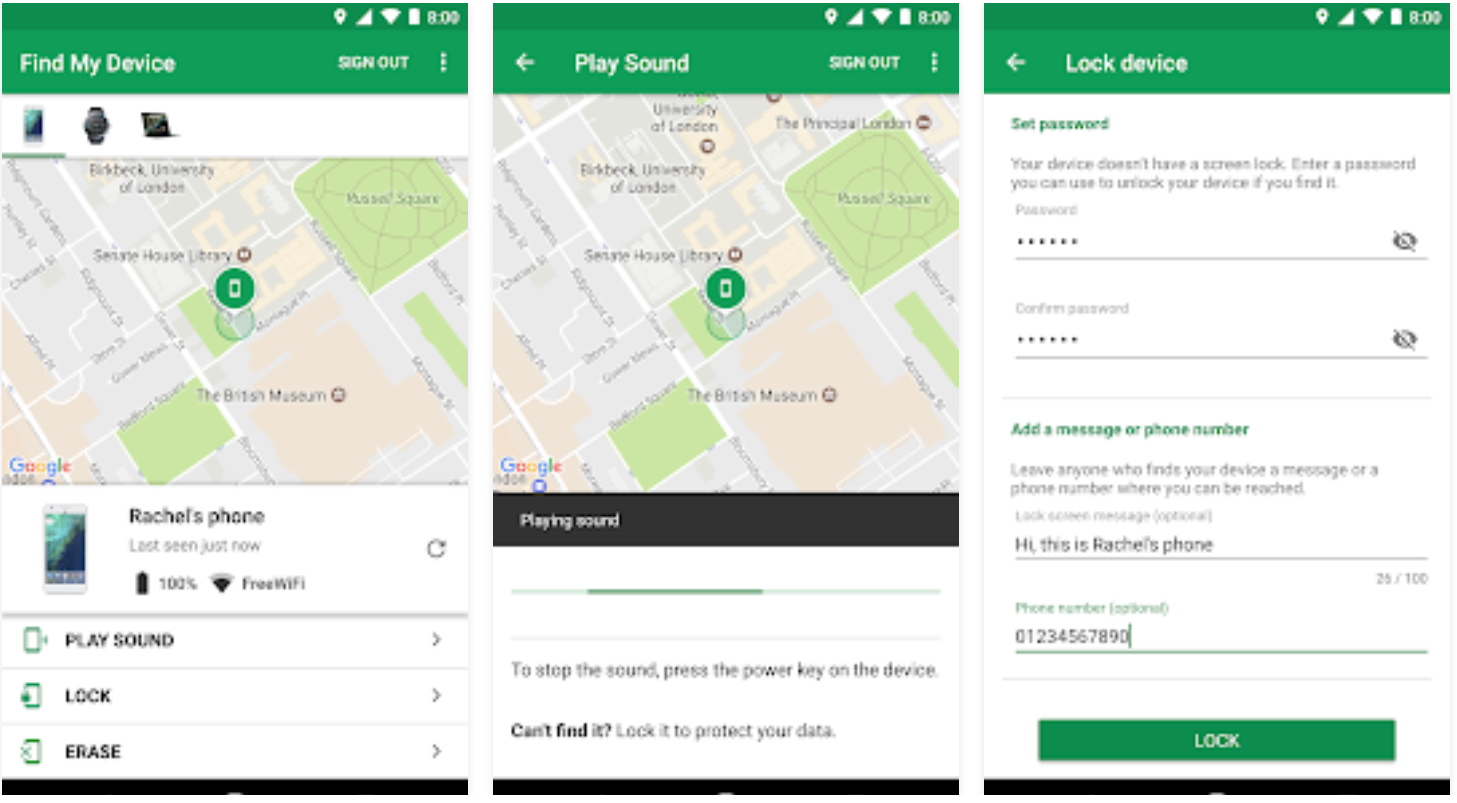
The new and updated version of the Android Device Manager is a GPS tracker on steroids, helping you use your Google account to track your registered mobile devices. By simply using the service, you can locate your device, play a sound on it to hear it ring, and even completely lock and erase the device in case it is lost or stolen.
3. Recording voice calls
Back in the day, rooting your Android opened up the ability to record calls, and people were head over heels for it. Now the same feature can come to any Android device with apps like the Call Recorder to help you keep a track of the conversations you have about work, and even the personal ones.
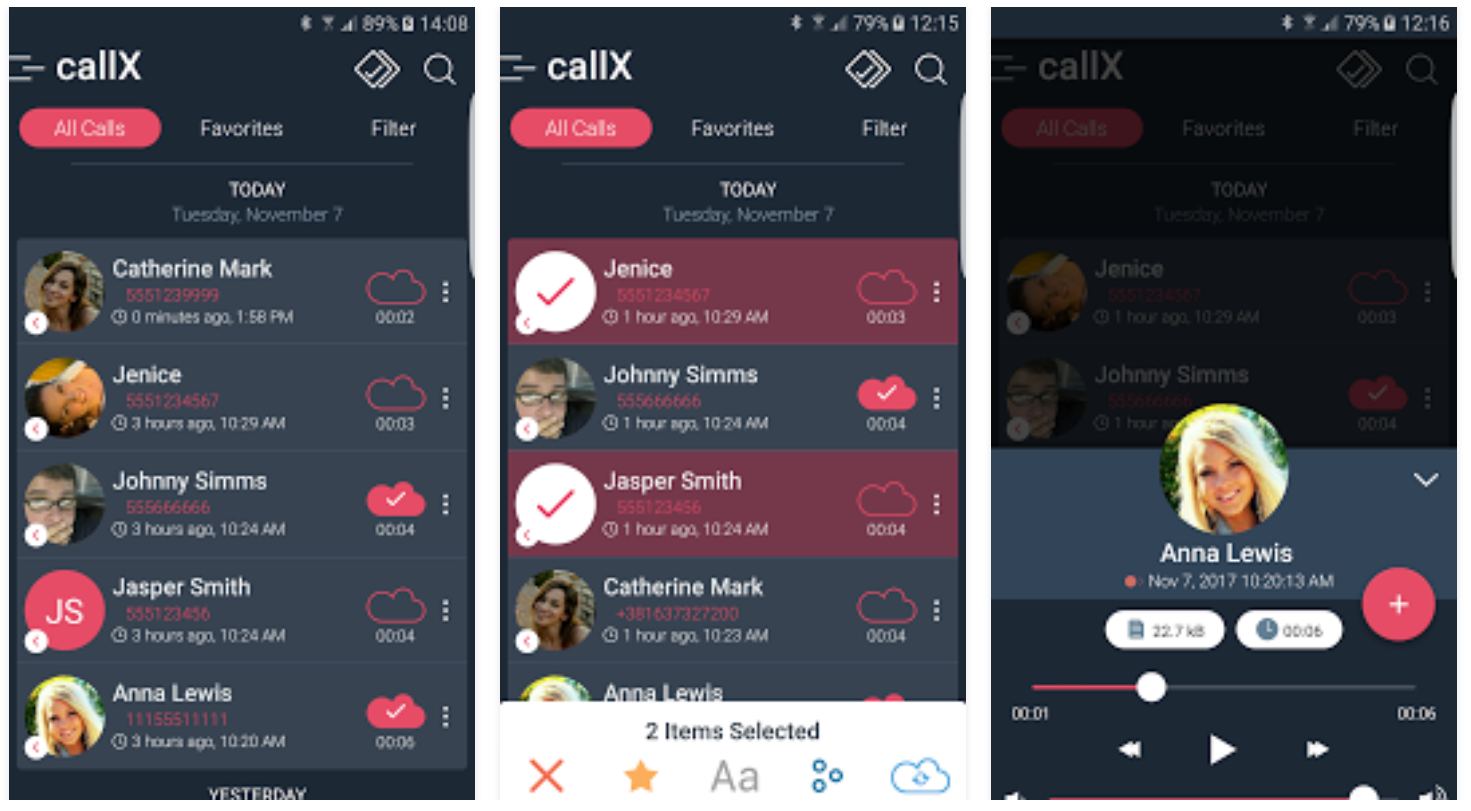
Designed to set up for incoming and outgoing calls automatically, Call Recorder works completely in the background. You can set it up to record all of your calls, or set favorites so that calls from/to only those specific contacts are recorded. The best part is that you can easily share the recorded calls or even back them up to the cloud for safekeeping.
4. Completely change the UI
The reason custom ROM developers like CyanogenMod rose to such astounding popularity is because people disliked the UI restrictions that Android OEMs forced on us. Whether you’re a Galaxy owner who wants the stock Android experience, or a Google Pixel user who wants some refreshing new design elements, rooting is no longer the only option.

You now get the entire stock Android experience packed into the Google Now Launcher, so changing the entire UI is just an install away. Similarly, you can create your unique user experience with the help of Nova Launcher, which helps you customize the app drawer, change the home screen appearance, get new app icons, tweak the status bar and so much more.
→ Download Google Now Launcher | Download Nova Launcher
5. Aggressive battery saving
A major problem for Android devices back in the day was when the battery charge didn’t even last a day. This is when rooting Android devices was quite popular, as it allowed to underclock the processor, reduce background data and in turn, reserve enough juice to last the day.
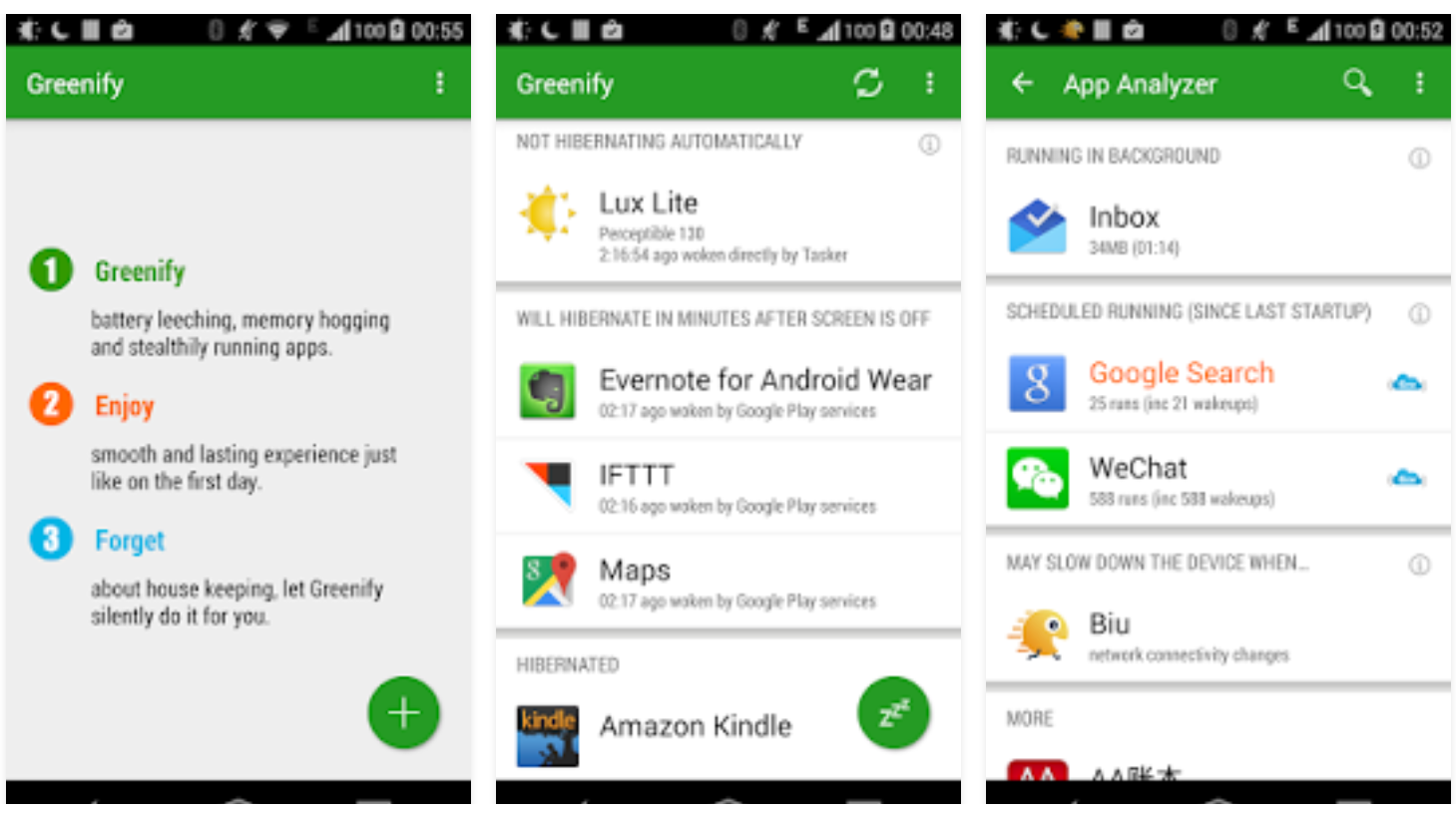
The push by Android to bring in features like Doze Mode to help you get more juice out of each charge, along with apps like Greenify is now offering aggressive battery saving. Helping you graph out which apps are power-hungry and how you could limit their battery consumption, Greenify uses its hibernation mode to bring you more screen-on time.
6. Automate tasks and processes
When you speak of automation on Android, only the root-dependent Tasker app usually comes to mind. Thanks to Google adding a bunch of permission settings since Android 6.0 Marshmallow, apps like MacroDroid have emerged to help you get more productive with the way you use your personal device.
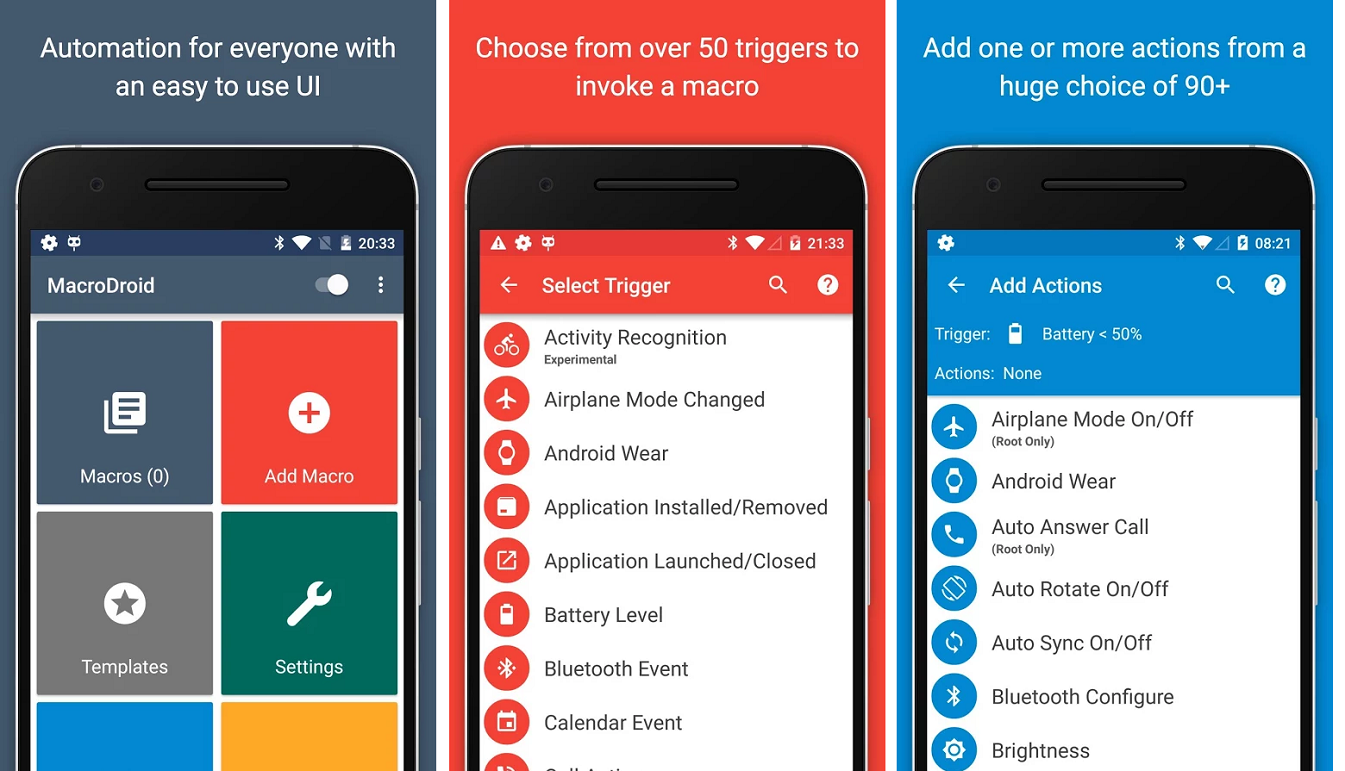
The concept is based on triggers, which you can choose to enable or disable an app, a service, or a certain function on the device. For instance, you can set the MacroDroid app in a way that when you enable the Bluetooth toggle, the phone automatically launches the Android Auto app for your daily commute.
7. Screen recording
While iPhone users can go ahead and brag about the screen recording feature, Android devices have enjoyed it for years now. However, the screen recording feature is now available to mainstream users without the need of rooting your device, thanks to apps like the DU Recorder.
Offering the ability to record in Full-HD 1080p on supported devices, DU Recorder comes with support for multiple frame rates and even audio recording options. The floating controls options help you easily begin recording with playback options, along with a lightweight video editor built right into the app itself.
Do you feel rooting your Android phone is a necessity anymore considering the security risks? Share your thoughts in the comments section down below.

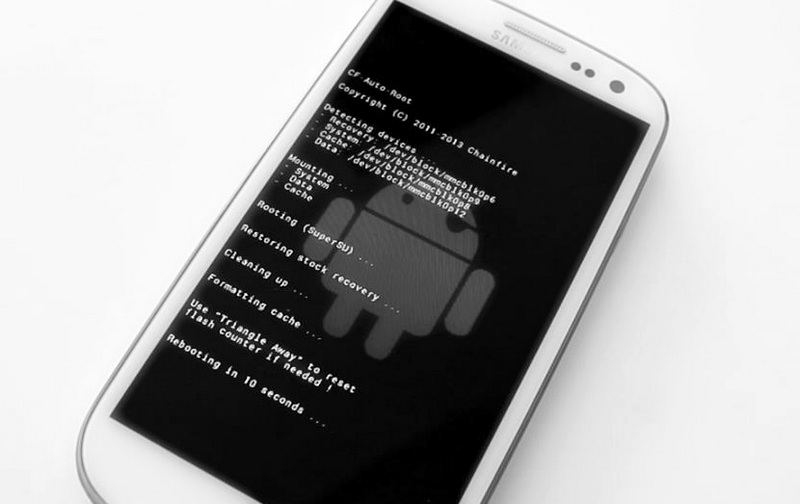










Discussion